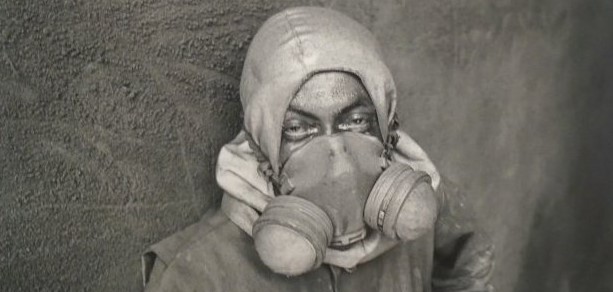1.5M Americans of Arab descent: Breaking down the Census report for Lebanese-Americans
If you follow our Facebook page or if you keep up with breaking news of the Census (!), you know that the Census’ ongoing survey called American Community Survey (ACS) just released a short report and accompanying statistics that reflect the the make-up of households in the United States.
Because data collection takes some time to tabulate and analyze, this report which was issued in May 2013, is the product of data collected from 2006-2010. So, technically, it’s out of date, but most census reports are a few years behind. It doesn’t mean we can’t learn from them!
The American Community Survey can be found here.
Summary
From 2006-2010, there were estimated to be about 304 million people living in the United States. Of that 1.5 million were of Arab ancestry and nearly 500,000 were described as Lebanese.
There were about 114.2 million total households in the United States of which over 500,000 were Arab households. Among the Arab households, about 1 in 3 were Lebanese.
Lebanese households have among the smallest number of people living in the house (still above the national average) with a very high percentage of “other family” living in the household. Lebanese have one of the highest rates of home ownership (above the national average) and have the highest median household income compared to a select group of Arab households, which is well above both the national average and the Arab average.
Who comprises the Arab household?
An Arab household is determined if one or two Arab ancestries were reported.
The U.S. Census Bureau considers anyone who is self-described as the following 17 groups “to be of Arab ancestry. The U.S. Census also consider responses of “Arab,” “Arabic,” “Kurd,” and “Berber” as Arab.
- Algerian
- Bahraini
- Egyptian
- Emirati
- Iraqi
- Jordanian
- Kuwaiti
- Lebanese
- Libyan
- Moroccan
- Omani
- Palestinian
- Qatari
- Saudi Arabian
- Syrian
- Tunisian
- Yemeni
Major increases in Arab households since 1990: Lebanese make up most households
- In 1990, there were 850,000 people (.35% of the total population) of Arab ancestry and 268,000 households.
- In 2000, there were 1.2 million people (.42%) and 427,000 households.
- And in 2010, there were 1.5 million people of Arab ancestry (.5%) and 511,000 households.
- This represents “a 91% increase in households from 1990.”
Size of households: Lebanese have smallest household
The average United States household was 2.59 people per household. Lebanese households are among the smallest with 2.66 people per household. It is higher than the national average, but not nearly as high as Yemeni households that boasted 4.34 people per household.
Household characteristics: Who’s living in a Lebanese home?
The ACS tabulates the composition of households. So, they don’t just analyze the number of Arab households, but also the type of people living in the homes. Interestingly, “Moroccan, Lebanese, and Syrian households were more likely to be composed of nonfamily households than other selected Arab ancestry groups (emphasis my own).” In fact, Lebanese have the highest percentage (of the selected group) of “other family” and “nonfamily” households.
Median Household Income: Lebanese have highest levels
To add some context to the household statistics, ACS collected data on the average income for selected Arab groups. Lebanese ranked the highest with a national average of $67,264 per household compared to the national average of $51,914 and the Arab average of $56,433.
For more information, visit the Census Bureau website or the American Community Survey website.
- Categories:


